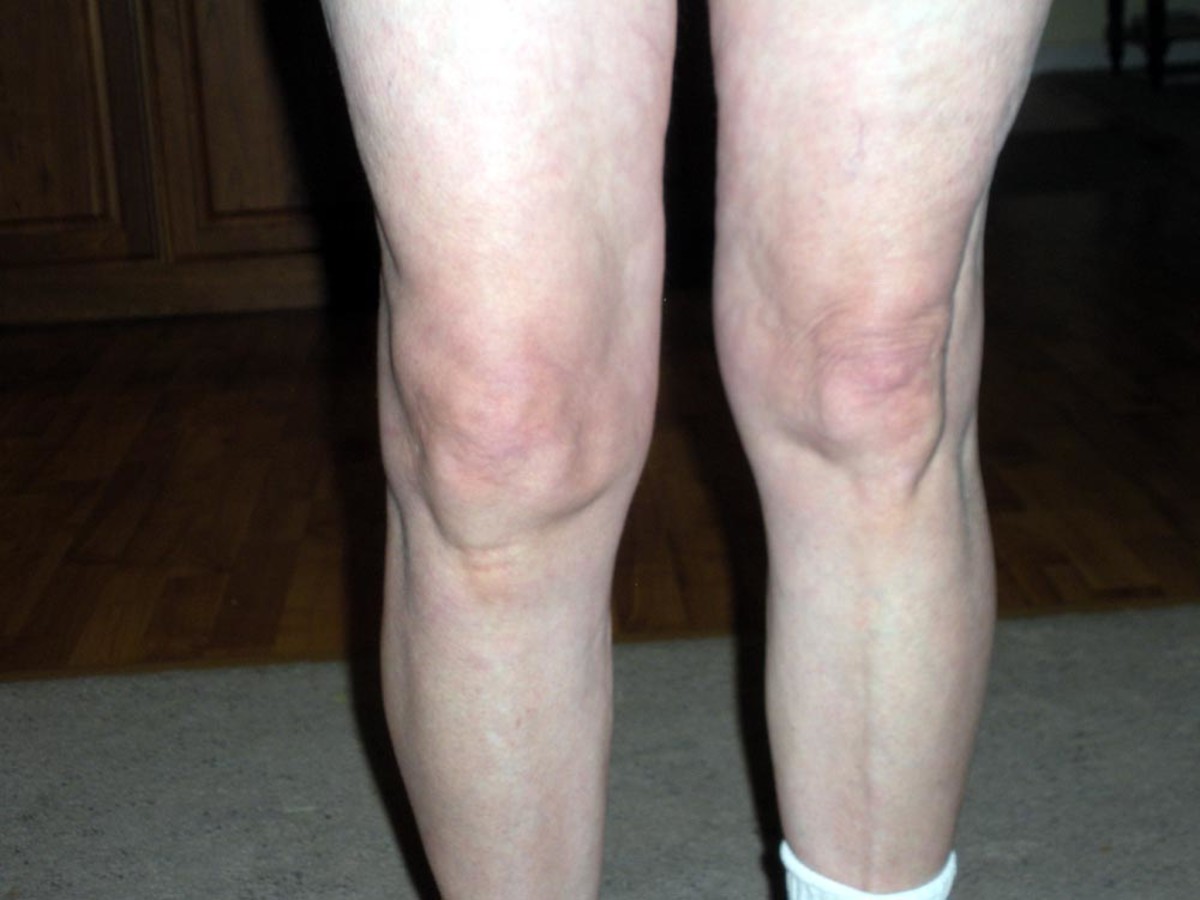What Are Common Eating Disorders?
Eating Disorders Are Illnesses
Eating disorders are often looked upon as something the sufferer could change if he wanted to; it's all a matter of willpower.
It's true that people who have eating disorders can and do learn to change their behaviors, but true treatment must address the underlying thoughts and issues that caused the behaviors to manifest in the first place.
An important study whose conclusions were released on March 7, 2011 revealed not only that half a million American teens have eating disorders, but also that frequently there are other underlying mental health disorders such as depression affecting these adolescents.

Types of Eating Disorders
Eating disorders are characterized by extremes in behavior related to eating. Your attention to food, weight and body image occupies your thoughts, sometimes to the exclusion of everything else.
Although not medically diagnosed as an obsessive-compulsive disorder or OCD, in many ways the thoughts and behaviors of the person with an eating disorder have similar characteristics of OCD. Obsession is defined by Dictionary.com as "the domination of one's thoughts or feelings by a persistent idea, image, desire, etc." Compulsion is the feeling of extreme need to act on the obsession.
There are three main types of eating disorders: anorexia nervosa, bulimia nervosa and binge-eating disorder. Females are more likely than males to develop anorexia and bulimia, but a more even number of males and females develop binge-eating.
Anorexia nervosa manifests as a pursuit to thinness, even when the person is already malnourished or emaciated due to their eating habits. Anorexics fear gaining weight to an extreme and experience distorted self-image of their bodies.
Bulimia nervosa involves a person eating large amounts of food but then compensating by engaging in some type of behavior in excess to shed the calories and the self-loathing the person feels for losing control of her eating behavior.
Binge-eating disorder is like bulimia in that the person eats large amounts of food episodically, but there is no compensating behavior to shed the weight caused by such overeating.
Recognizing an Eating Disorder
People with eating disorders may be thin or emaciated, as in the case of anorexia nervosa; weight within normal range to overweight may be seen in bulimia nervosa; and binge-eating results in overweight to obesity. It's likely that no matter the body weight, any of these eating disorders lead to poor nutrition which then leads to physical disorders and conditions.
Binge-eating is frequently about eating a comfort-type food, which means large quantities of high fat or high sugar foods. This impacts not only weight, but blood glucose (blood sugar) and cholesterol levels. The purging behaviors associated with bulimia may lead to electrolyte imbalance as can the reduced nutritional intake of those with anorexia nervosa.
There are a number of symptoms associated with each of the eating disorders:
Anorexia nervosa: Refusal to eat; denies hunger; thinness; low blood pressure; intense fear of gaining weight; distorted body image; lack of emotion; presence of soft, downy hair on the body; dry skin; menstrual irregularities; brittle nails; feeling cold all the time and abdominal pain are some of the signs.
Bulimia nervosa: The bulimic person may present symptoms such as fear of gaining weight; disgust or shame about their eating and purging behaviors; laxative and/or diuretic use; sores in the mouth and throat; swollen glands in neck and beneath jaw; worn tooth enamel; increasing sensitivity of teeth to hot, cold, sweet; dental cavities; self-induced vomiting; eating to the point of discomfort.
Binge-eating disorder: Binge-eating is associated with symptoms such as eating to the point of discomfort; eating more food during a binge than at a regular meal; eating alone, especially during a binge; feelings of shame, disgust or guilt about binge-eating; overweight or obesity.
How You Can Help
Much of the food-related and purging activity of someone with an eating disorder is done secretively or masked as much as possible. In addition to the feelings of disgust and shame that accompany an eating disorder, the person feels the need to continue the behavior and can only do so if not stopped by those around him.
Many of the symptoms of eating disorders may be known only to the affected person or his health care practitioner. But there are signs you may notice that signal a problem:
Skipping meals; ritualistic behaviors such as cutting food into tiny pieces when eating; avoidance of eating in public; withdrawal from social activities; frequently talking about being fat or expressing worry about body image; frequent checking in mirrors; wearing baggy clothing or attempting to hide body image with layers of clothing.
If you think you may have an eating disorder, it is important to discuss it with your health care practitioner. As you've already experienced, your ideas and behaviors take up a majority of your time and energy. If this was something you could handle yourself, you would have already done so. Seek professional help to begin the road to recovery.
If you have concerns about a family member or friend, speak to them about your concerns about their health and welfare. Don't couch your concerns with statements that indicate disgust or shame; this may cause the person to withdraw further into her shell. It isn't unusual for people with eating disorders to resist treatment, but if you remain steadfast, though not "naggy," the person may agree to see her doctor.
Research into Eating Disorders
Science and medicine believe they've just begun to scratch the surface of what is to be known and understood about eating disorders. For instance, at Toronto University in 2006 a genetic link was detected between OCD and eating disorders. In the spring of 2009, again at Toronto University, a neuroscience specialist detailed the neurobiological and genetic origins of anorexia nervosa.
Science and research is taking place worldwide to better understand eating disorders and provide improved treatments. In the United States alone, there are more than 20 clinical trials underway. For more information on the ongoing clinical trials or to participate in one, go to the National Institute of Mental Health.
Sources
- Eating disorders - MayoClinic.com
Eating disorders Comprehensive overview covers symptoms, complications and treatment of these potentially life-threatening conditions. - NIMH Eating Disorders
- National Eating Disorders Association
National non-profit eating disorders organization. Information, referrals, support, prevention, conferences, and newsletters. - International OCD Foundation (IOCDF)
The Relationship Between Eating Disorders and OCD - Genetic Link Found Between Eating Disorders And Obsessive Compulsive Disorder
Researchers at the University of Toronto have unravelled the genetic link between eating disorders and obsessive compulsive disorder (OCD) among women who experience both syndromes. Their study, p - Genetic and Neurobiological Etiology of Anorexia Nervosa
Related Hubs by Other Hubbers
- Common Myths About Eating Disorders Debunked
The amount of misinformation about eating disorders floating around is staggering. So I'm doing my part. I've listed the most common myths I've come up against, and laid out the facts in response. - Eating Disorders: What are the Causes, Symptoms, and Treatment for the Eating Disorders of Anorexia
- Eating Disorders- Dying to be Perfect
Many young girls and women with eating disorders like to read up on their disorder. Maybe it's because it gives them new hints and ideas. It could also be that people with eating disorders feel a sense of... - Eating Disorder- Signs of eating disorder and eating disorder treatment
Eating disorders refer to a group of condition characterized by abnormal eating habits either excessively or insufficient food intake which is detrimental to an individual mental and physical health. Although...









